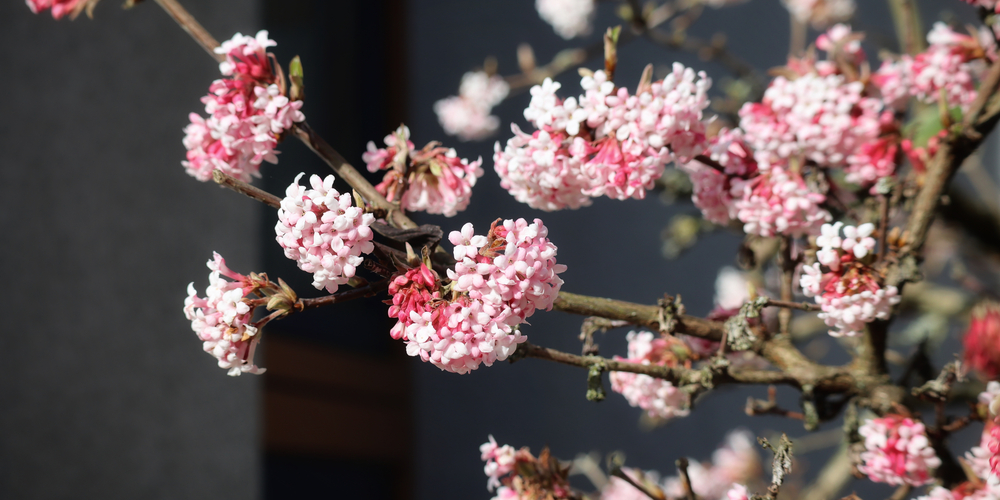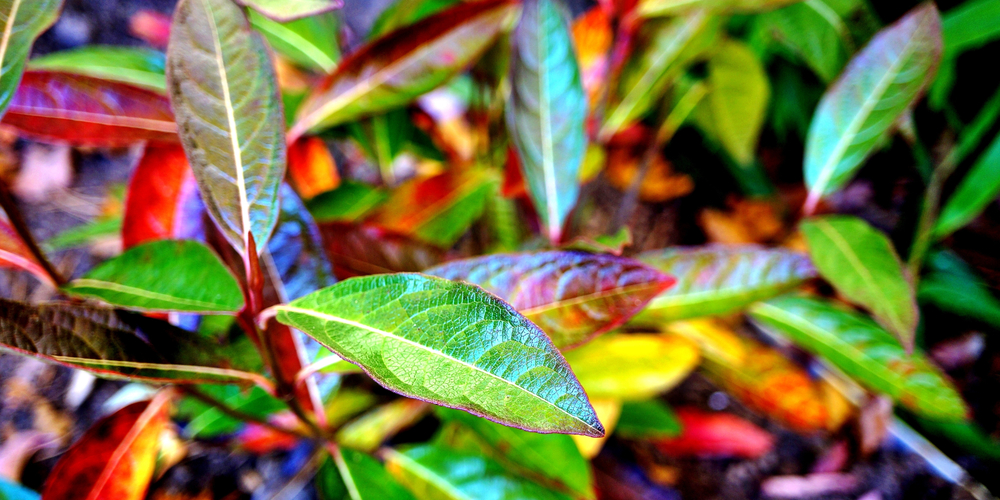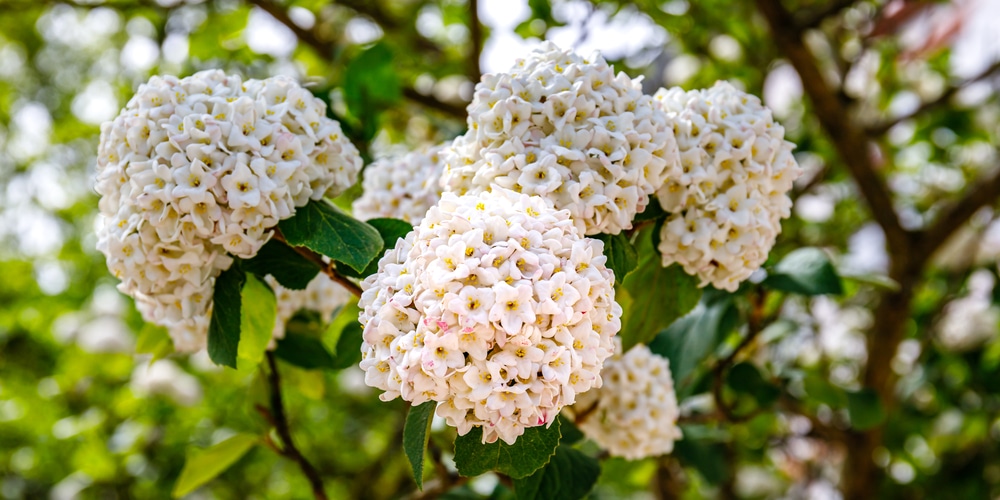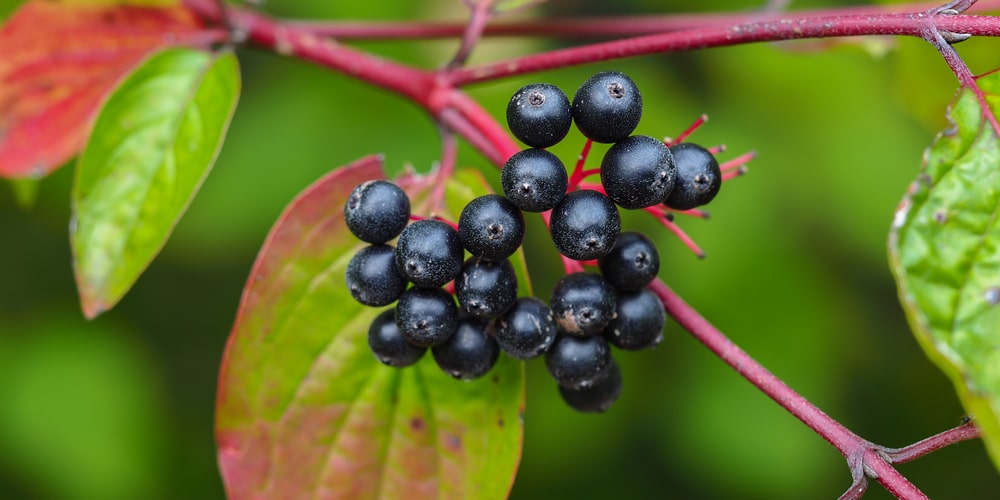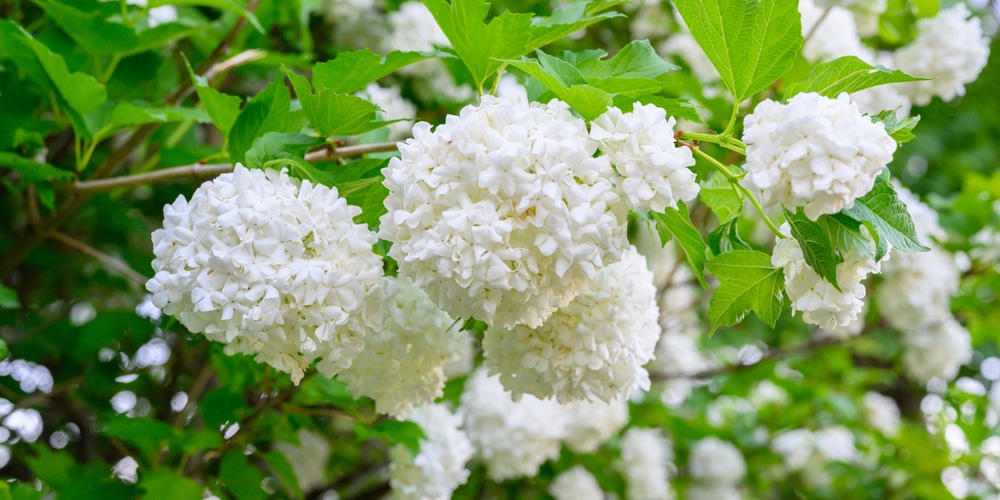Viburnums are stunning flowering shrubs that can make your landscape more attractive. With their deep green foliage and showy flowers, they can make your garden look elegant and tidy. Plus, they attract plenty of pollinators, including bees and butterflies, which can contribute to making your yard more lively and varied.
These plants are part of a family that includes more than 150 species, which can be evergreen or deciduous, depending on which hardiness zone you grow them. If you live in zone 4, you must choose varieties that tolerate cold winters and frosts. Because in zone 4, temperatures can drop to -20F, it is often challenging to find suitable flowering plants. The good news is that you can choose among more than a few viburnums for your garden.
To learn more about growing these shrubs in your region, keep reading this “Viburnum Zone 4” Essential Guide, where we included all of our tips and recommendations to make the best out of these stunning bushes.
If you are a beginner, don’t worry: caring for these plants is relatively easy, provided that you meet their basic requirements. Plus, these plants adapt to wet and dry areas, making them a perfect choice if you need to fill a space in your garden where not many other plants would thrive.
Viburnum Zone 4: Care
Cold-hardy varieties thrive in full sun. While they will perform well even in partial shade, plant them in a sunny location to get the most vibrant colors in foliage and flowers. Don’t worry about the cold winters: viburnums are native to the US and grow between USDA hardiness zones 2 and 9. You will for sure find a variety suitable for zone 4.
Some species bloom in the spring: while most of them are similar, they have differences that you might want to consider before selecting a variety. For instance, some plants produce fragrant flowers, while others don’t have scents. Plus, the traditional viburnum shrub blooms white flowers, but you can find varieties that produce pink ones. Doing so will help you make your garden more lively and add an attractive splash of bright color.
Don’t forget that most species require cross-pollination to produce flowers. Add different varieties for best results. Also, avoid overwatering your plants are they prefer balanced conditions. Once you get a hand about their requirements, you won’t have any issues growing viburnum in your garden. However, you’ll also have to choose a suitable variety. Jump on to the next section to explore which species might work well for your zone 4 gardens.
Korean Spice Viburnum
Korean spice viburnum is one of the most suitable plants for USDA growing zone 4. It produces large clusters of white and pink flowers. Its name has to do with the spicy scent this plant releases during the blooming season when this type of viburnum produces the large clusters of waxy flowers that characterize these plants. This shrub is a deciduous native to Japan and Korea.
If you are looking for something that provides year-round beauty, consider Korean Spice for your garden. This species changes in color depending on the season: in the fall, the plant produces red berries that fade to black. The foliage also turns goldish. Place it next to a window or a patio to enjoy the fragrance to the fullest.
Nannyberry
Nannyberry is one of the most versatile types of viburnum: it thrives between zones 2 and 8. So, it will perform well in your yard. Plus, this plant produces edible berries that you can use to make jams and jellies.
However, its smell is not as appealing as the Korean Spice: some people think it smells like a sheep, which inspired the name sheepberry, another way you may know nannyberry. The plant is drought-tolerant and can adapt to various soil. It will grow big: plant it somewhere it can accommodate a 16 feet tall plant.
Snowball Bush
Snowball bush is a species of viburnum that grows well in zone 4. It produces white flowers in large round clusters that resemble a snowball, hence its name. However, despite its beauty, snowball bush is invasive in many areas: planting is discouraged in the upper Midwest and North East areas.
Viburnum Zone 4: Conclusion
As you can see, you can successfully plant viburnum shrubs in zone 4. Only check with your local conditions to ensure you can accommodate these plants and select the varieties that adapt the most to your climate.
